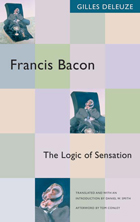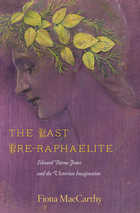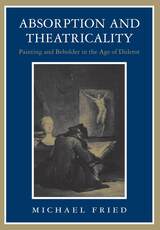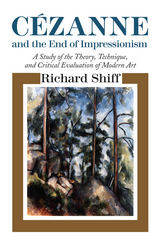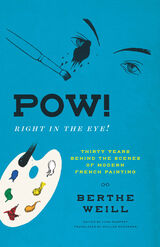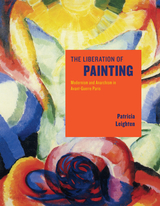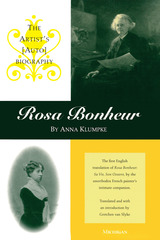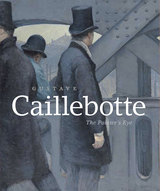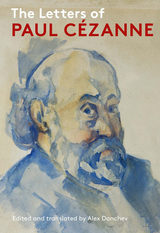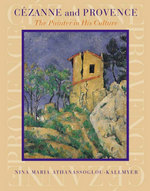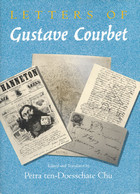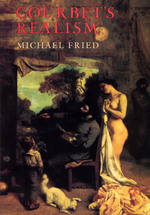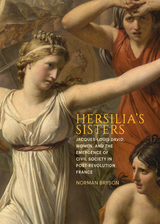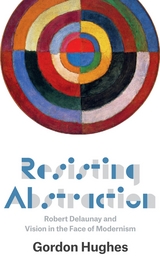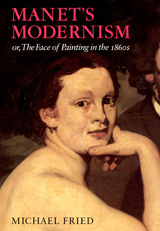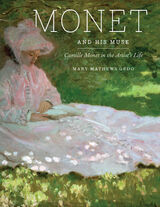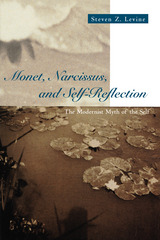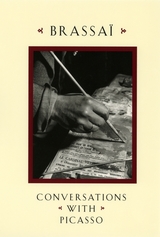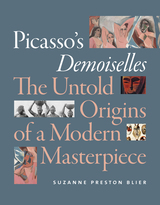Cezanne: A Study of His Development
University of Chicago Press, 1989
Paper: 978-0-226-26645-9 | Cloth: 978-0-226-26644-2
Library of Congress Classification ND553.C33F7 1989
Dewey Decimal Classification 759.4
Paper: 978-0-226-26645-9 | Cloth: 978-0-226-26644-2
Library of Congress Classification ND553.C33F7 1989
Dewey Decimal Classification 759.4
ABOUT THIS BOOK | AUTHOR BIOGRAPHY
ABOUT THIS BOOK
Roger Fry's classic study of the art and life of Paul Cézanne, originally published in 1927, has been acclaimed as a paradigm critical work for its clarity, perception, and originality. Himself an artist, Fry rejected prevailing modes of criticism, believing that form, not subject matter, should be the primary expressive element. Cézanne's work came closest to Fry's ideal—it gave formal expression to all of nature.
This study established Fry as a critical "father," the first of his line to explicate the ideas of "vision and design" in an attempt to understand modern art. His critical analysis has in many respects never been surpassed. Fry endeavored both to show the essential development of the painter's style and to approach individual works directly; he wrote that he would detect "the profound difference between Cézanne's message and what we have made of it." The result is a book, couched in Fry's most lucid, penetrating language, which is of great technical value to the painter and student and which offers the layman an illuminating demonstration of the remarkable force of Cézanne's art.
This study established Fry as a critical "father," the first of his line to explicate the ideas of "vision and design" in an attempt to understand modern art. His critical analysis has in many respects never been surpassed. Fry endeavored both to show the essential development of the painter's style and to approach individual works directly; he wrote that he would detect "the profound difference between Cézanne's message and what we have made of it." The result is a book, couched in Fry's most lucid, penetrating language, which is of great technical value to the painter and student and which offers the layman an illuminating demonstration of the remarkable force of Cézanne's art.
See other books on: 1839-1906 | Artists, Architects, Photographers | Cézanne, Paul | Fry, Roger | Modern (late 19th Century to 1945)
See other titles from University of Chicago Press

